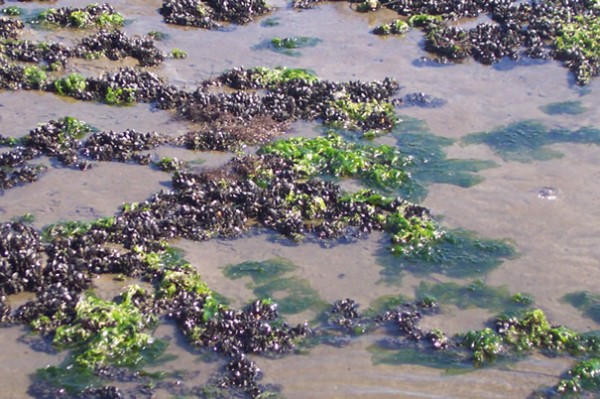Issue
The South Shore Estuary Reserve (SSER) was established to promote the future health of the bays and adjacent uplands of Long Island's south shore, one of the most highly urbanized areas of the country. One objective of the reserve's comprehensive management plan is to "protect and restore living resources of the reserve." Baseline assessments, and subsequent change analyses of submerged habitats, are recommended as a strategy for fulfilling this objective and for supporting state-level ecosystem-based resource management.
Process
Analog aerial photography and soft-copy photogrammetry were used to produce highly detailed shallow-water benthic habitat maps for the reserve. The data were produced at a high positional accuracy, which will allow the data to be used for comparison purposes with subsequent data acquisition efforts.
Impact
A variety of organizations are using the data to support conservation and restoration efforts, including hard-clam and eelgrass restoration planning by The Nature Conservancy in the Bluepoints submerged land parcel; eelgrass and scallop restoration by the Cornell Cooperative Extension of Suffolk County; and the establishment of research set-aside areas within Fire Island National Seashore by the National Park Service.
Future mapping efforts will allow comparison of existing and new data sets to establish trend information, helping resource managers assess the progress of existing conservation projects.

Additional Information
- Cornell Long Island Seagrass Conservation
- New York Department of State, Coastal Management Program
- South Shore Estuary Reserve Comprehensive Management Plan
